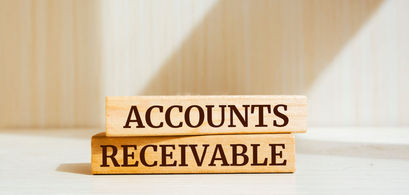Definition
Also referred to as "receivables," this is the accounting term used to describe claims the company has against others for goods, services, or money. Accounts receivable are usually non-written promises to pay for goods or services received but not yet paid for by a customer.
Explanation
Accounts receivable appear on the balance sheet as a current asset; and are usually recorded when an invoice has been rendered to the customer. The typical repayment term for customers is 30 to 60 days after the mailing of an invoice.











.jpg)

